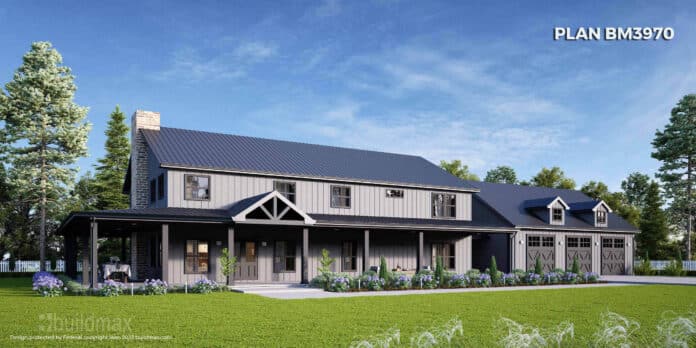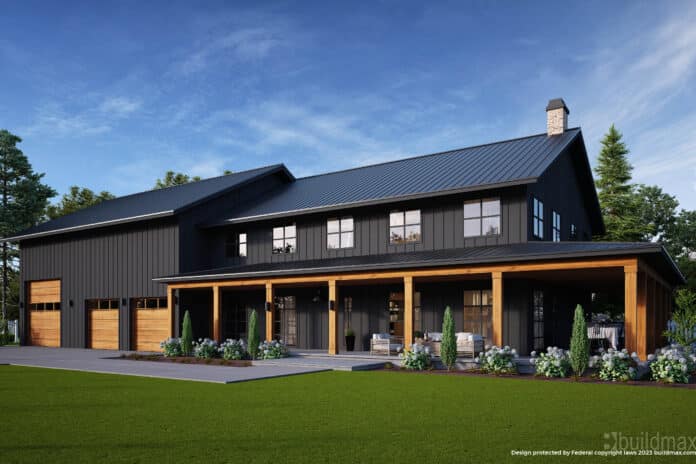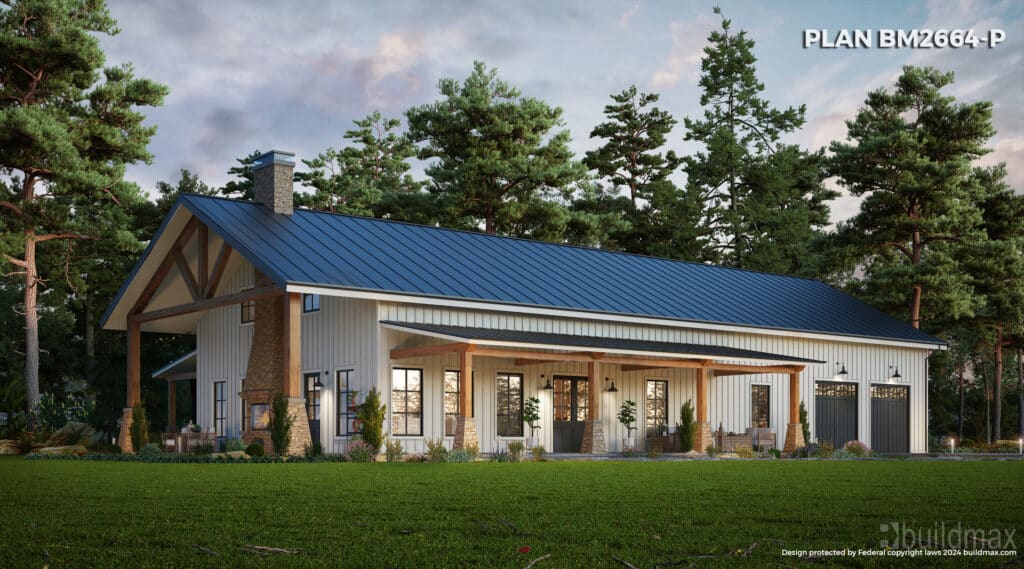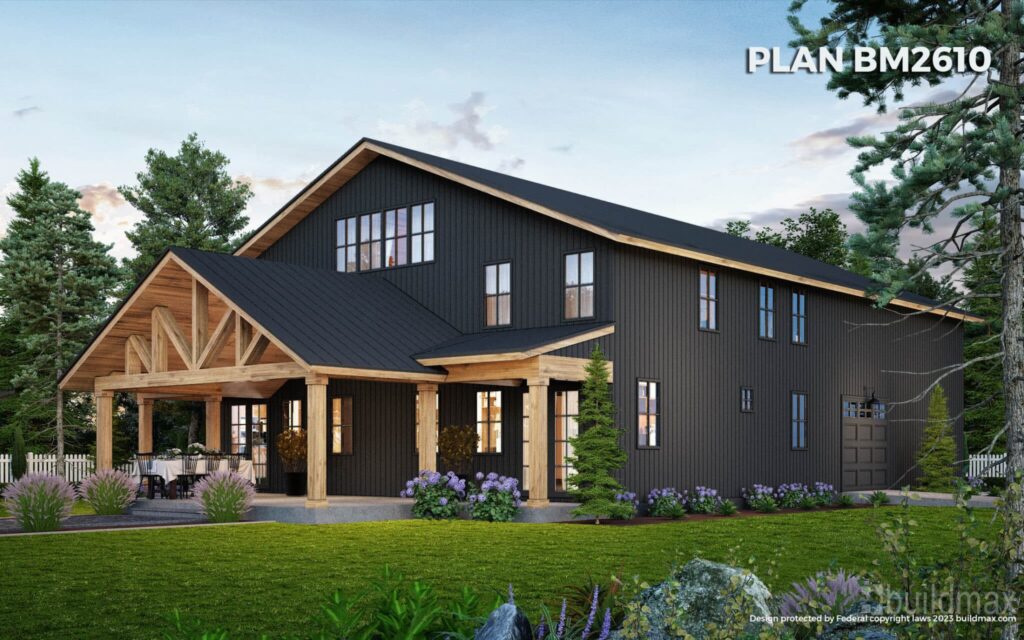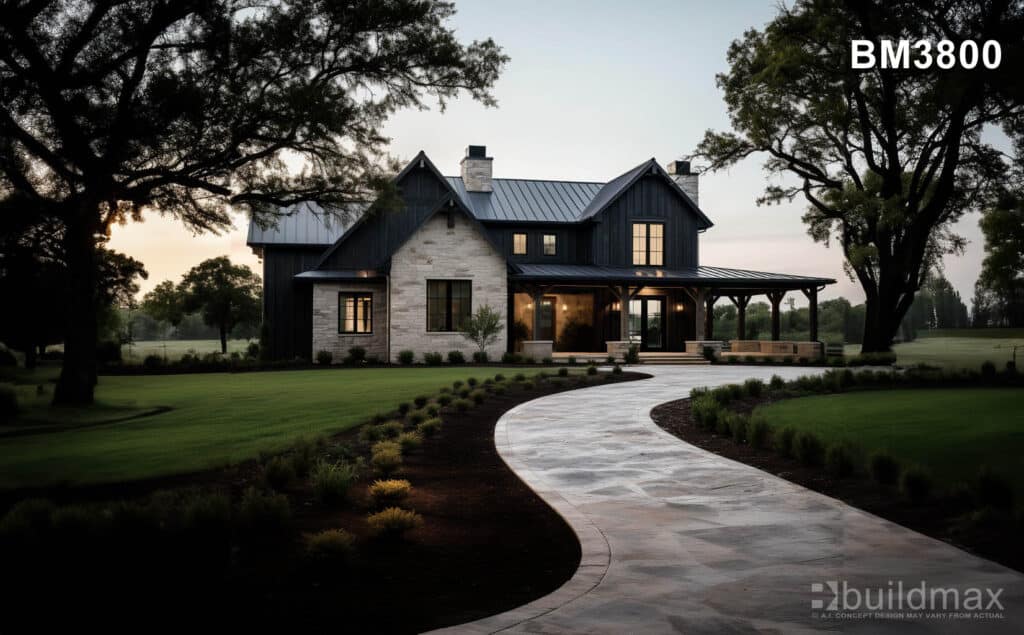In Texas, as in other states, property taxes are a significant consideration for homeowners, and understanding how they apply to unique property types, such as barndominiums, is crucial for those looking to build or buy one. The taxation of barndominium builds in Texas involves several factors, including the property’s valuation, its classification, and local tax rates. Here’s a detailed exploration of how barndominiums are taxed in Texas.
Understanding Property Taxes in Texas
Property taxes in Texas are levied by local taxing units, which include counties, cities, and special districts, and are used to fund public services such as schools, roads, and emergency services. The amount of property tax owed is determined by the property’s appraised value and the tax rate set by each taxing unit.
Appraisal and Valuation of Barndominiums
The appraisal of a property, including barndominiums, is conducted by the county appraisal district (CAD). The CAD assesses the property’s market value, which is the price it would sell for under normal conditions. For barndominiums, this appraisal process can be complex due to their unique nature.
Barndominiums blend residential living spaces with features typically associated with barns or workshops. This duality can lead to varied appraisals, depending on how the property is used and the features it includes. For example, a barndominium used primarily as a residence might be appraised similarly to a traditional home, whereas one used mostly for agricultural or commercial purposes might be valued differently.
Property Classification and Its Impact on Taxation
The way a barndominium is classified can significantly impact how it’s taxed. In Texas, property can be classified in several ways for tax purposes, including residential, commercial, and agricultural. The classification affects the property’s valuation and eligibility for exemptions, which in turn influence the property tax owed.
– **Residential:** If your barndominium is your primary residence, it may qualify for a homestead exemption, which can significantly lower your property taxes. The homestead exemption removes part of your home’s value from taxation, reducing the taxable value.
– **Agricultural:** If your barndominium is located on land used for agricultural purposes and meets certain criteria, it might qualify for an agricultural valuation, often referred to as an “ag exemption.” This valuation can lead to substantially lower taxes, as it’s based on the land’s capacity to produce agricultural products rather than its market value.
– **Commercial:** Barndominiums used for commercial purposes, such as a workshop or business, might be classified as commercial property, which typically does not qualify for exemptions like the homestead or agricultural exemptions.
Local Tax Rates
The total property tax rate applied to a barndominium in Texas is the sum of the rates set by each local taxing unit where the property is located. These rates can vary significantly from one area to another, affecting the overall tax burden. It’s important for barndominium owners to be aware of all the taxing units that have jurisdiction over their property, including school districts, cities, and county governments.
Barndominium builds in Texas are subject to property taxes, with the amount owed depending on factors such as the property’s appraised value, its classification, and local tax rates. Owners can potentially reduce their tax burden through exemptions, particularly if the barndominium is used as a primary residence or for agricultural purposes. Understanding these nuances is crucial for prospective and current barndominium owners in Texas. It’s always advisable to consult with a tax professional or the local county appraisal district to get accurate information and guidance specific to your situation and ensure that you are taking full advantage of any available exemptions or special valuations.



